Culinary Maps of Europe: How France and Italy See the Rest of the Continent
European cuisine is as rich and diverse as the continent itself, but few culinary traditions have left as deep a mark on global food culture as those of France and Italy. A pair of fascinating maps from the Atlas of Prejudice offers a humorous yet insightful take on how the French and Italians see the culinary landscape of Europe. These maps not only reflect national pride but also highlight why French and Italian cuisines are among the most influential and celebrated worldwide.
The two maps featured here come from Yanko Tsvetkov’s Atlas of Prejudice, a satirical look at how different cultures view one another. You can find the full collection on Amazon (affiliate link). Let’s explore what these maps reveal about the culinary worldviews of France and Italy — and why their cuisines have become global standards.
Italy’s Culinary Worldview: A Matter of Life and Death

For Italians, food isn’t just nourishment — it’s life. Italy’s culinary map reflects this deep connection to food, dividing Europe into clear zones of culinary acceptability. According to the map:
- Italy itself is the heart of “REAL FOOD” — a sacred zone of culinary excellence.
- Neighboring countries like France and Spain are marked as “Mostly Safe to Eat” and “Caution is Advised.”
- As you move further north and east, things get worse — foods become “Fattening,” “Literally Tasteless,” and even “Toxic.”
- Britain, in particular, is banished to the “Aesthetically Tasteless” zone — a harsh but not uncommon critique from continental Europe.
The Italian culinary mindset stems from the country’s rich biodiversity and regional variety. Italian cuisine revolves around fresh, high-quality ingredients, prepared simply to highlight their natural flavors. This philosophy stands in contrast to the more technique-driven approach of French cooking.
Italy’s deep-rooted culinary traditions have made pizza, pasta, and espresso global staples. The Italian reverence for quality ingredients and local specialties has created a food culture that is both universally appealing and deeply tied to its geographic and cultural roots.
France’s Culinary Worldview: Refined and Opinionated

The French view of European cuisine, as reflected in their map, is equally opinionated — but perhaps more playful. According to the map:
- France is marked as “Proper Cuisine” — naturally.
- Italy and Spain are admired for their culinary traditions.
- Germany and the Netherlands are dismissed as “Rotten Cabbage” and “Potato Munchers.”
- Scandinavian countries are defined by “Ice Cube Salad” or labeled a “Health Hazard.”
- Eastern Europe is humorously reduced to “Whole-Grain Uranium” and “Famine.”
French culinary dominance is rooted in centuries of refinement and tradition. French chefs have long set the standards for professional cooking worldwide. The Michelin Guide, which originated in France, remains the global benchmark for fine dining.
The French approach to food is defined by precision and technique. The focus on sauces, pastries, and regional specialties reflects the French belief that cooking is an art form. This culinary legacy has influenced modern gastronomy worldwide, from fine dining to home cooking.
Why French and Italian Cuisines Are So Influential
So why have French and Italian cuisines become global standards? A few key factors explain their dominance:
- Deep Culinary Traditions – France and Italy’s culinary histories go back centuries, with recipes and techniques carefully preserved and passed down.
- Ingredients and Climate – The diverse climates and rich soils of France and Italy support the growth of unique ingredients, from French truffles to Italian lemons.
- Global Reach – French culinary techniques are the foundation of professional cooking worldwide, while Italian comfort food has become a staple in homes around the world.
- Food as Identity – In both countries, food is more than just fuel — it’s a cultural cornerstone and a source of pride.
French and Italian Culinary Influence
French and Italian cuisines have earned their global reputation through a mix of rich history, diverse ingredients, and culinary innovation. France is known for its mastery of sauces, pastries, and cheeses, while Italy’s legacy lies in pasta, pizza, and a deep devotion to regional ingredients.
France: The Art of Precision and Elegance
French cuisine has long been considered the height of culinary sophistication. Techniques like sautéing, braising, and flambéing were perfected in French kitchens and are now fundamental to Western cooking. Classic French dishes like croissants, baguettes, coq au vin, beef bourguignon, and ratatouille have found fans far beyond France’s borders.
France’s agricultural diversity ensures that each region has its own culinary identity:
- Brittany – Famous for seafood and crêpes.
- Provence – Known for fragrant herbs, olive oil, and ratatouille.
- Bordeaux – Home to some of the world’s best red wines.
Cheese and wine are central to French identity. France produces over 1,200 varieties of cheese, and its wine regions — including Bordeaux, Champagne, and Burgundy — are internationally renowned. The French concept of terroir — the idea that a product’s flavor reflects its place of origin — reinforces the deep connection between French food and its natural environment.
Italy: Simplicity and Bold Flavors
While French cuisine leans toward technique and precision, Italian cooking is all about simplicity and the quality of ingredients. Italian food is a celebration of seasonality and local produce, with dishes often featuring just a handful of carefully chosen ingredients.
Italy’s culinary diversity comes from its regional differences:
- Northern Italy – Creamy risottos, polenta, and rich butter-based sauces.
- Central Italy – Pasta, cured meats (like prosciutto), and olive oil.
- Southern Italy – Tomato-based sauces, seafood, and spicy flavors.
Olive oil, garlic, and fresh herbs like basil and oregano are culinary staples. Italy’s warm Mediterranean climate and fertile soil create ideal conditions for producing high-quality ingredients, from San Marzano tomatoes to Parmigiano-Reggiano cheese.
A Playful Look at Culinary Pride
These maps may exaggerate national culinary pride, but they also reflect real differences in how Europeans approach food. Italians see food as a sacred tradition, while the French treat it as a refined art form. The result? Two of the most beloved and influential culinary traditions in the world.
Both maps are taken from the Atlas of Prejudice by Yanko Tsvetkov. You can check out the full collection of maps on Amazon (affiliate link).
Do you agree with these culinary judgments? Or have the French and Italians been too harsh on their neighbors? Share your thoughts in the comments!


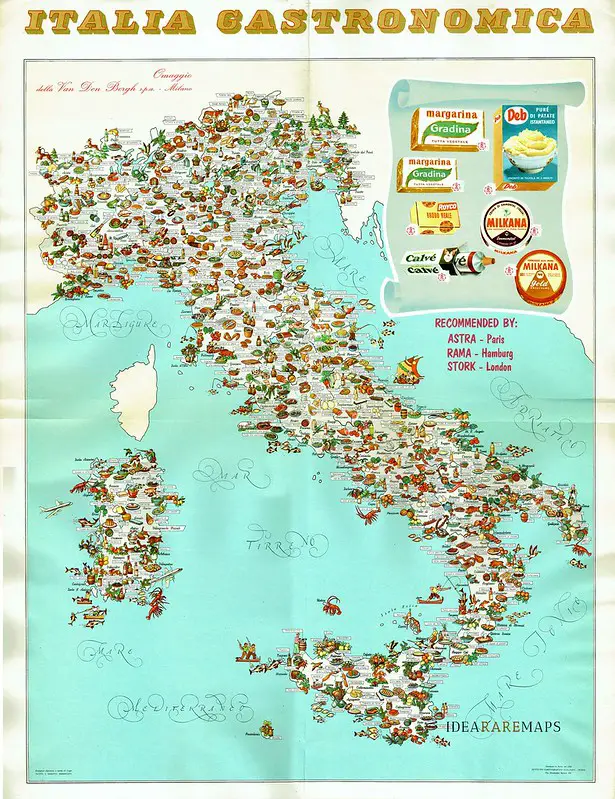
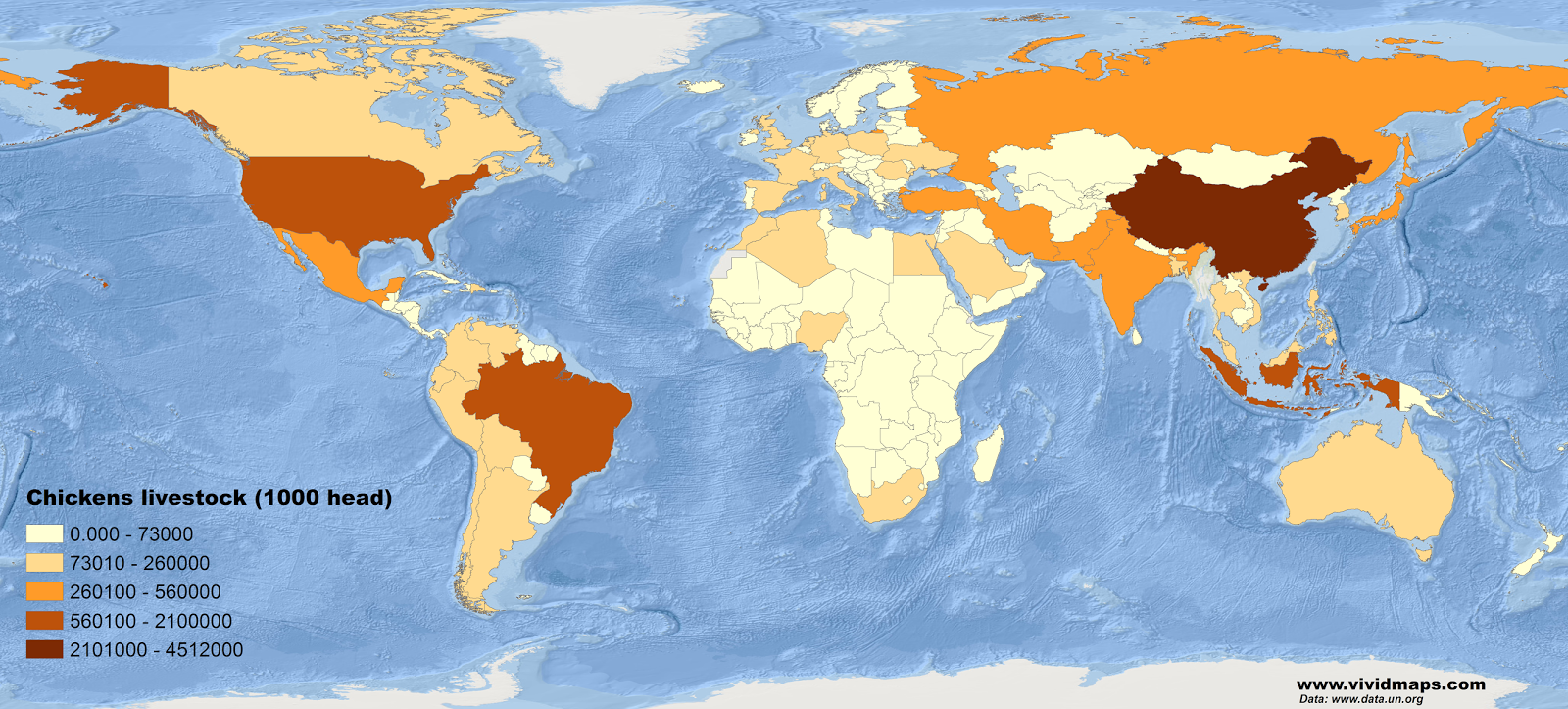


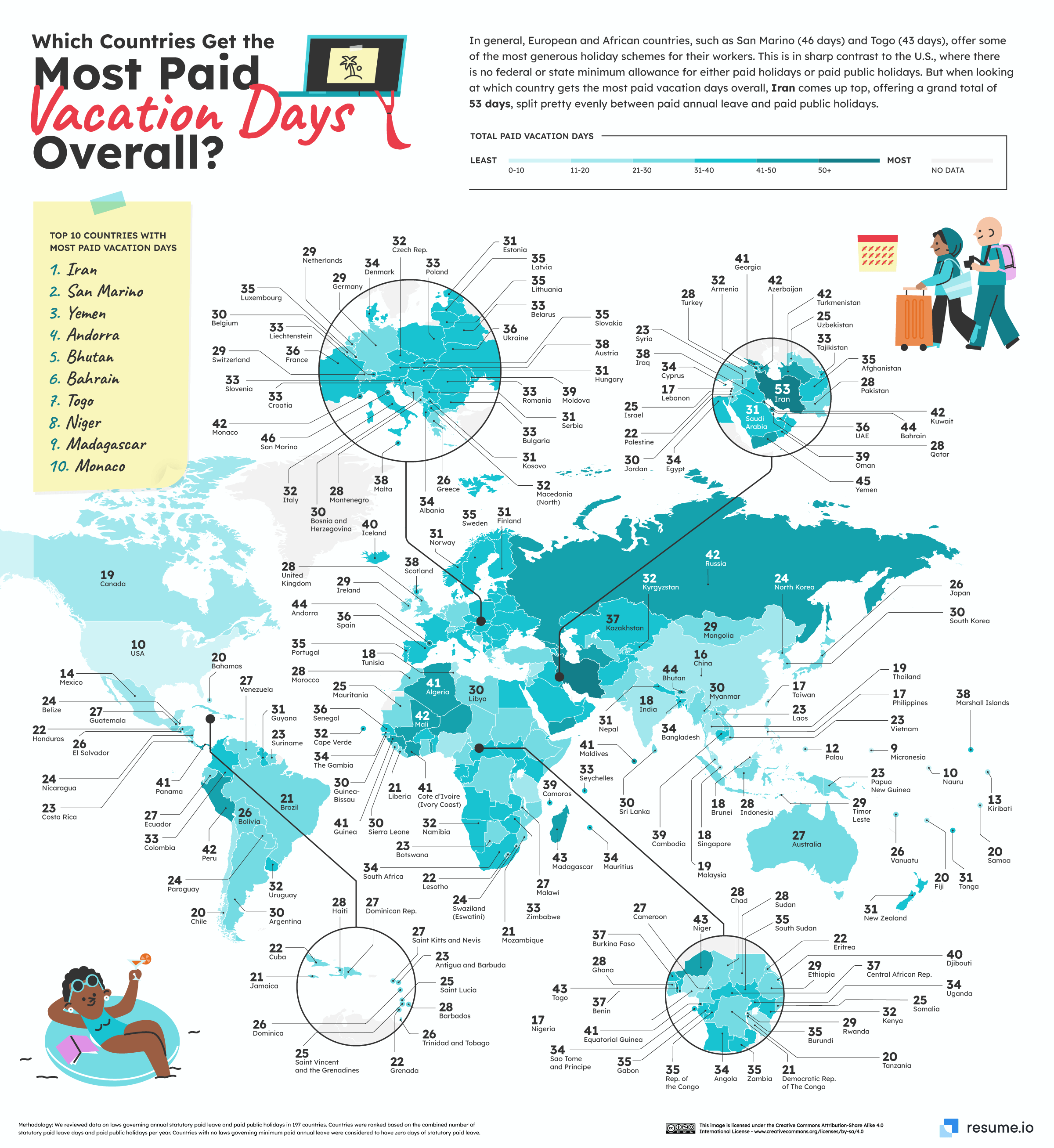
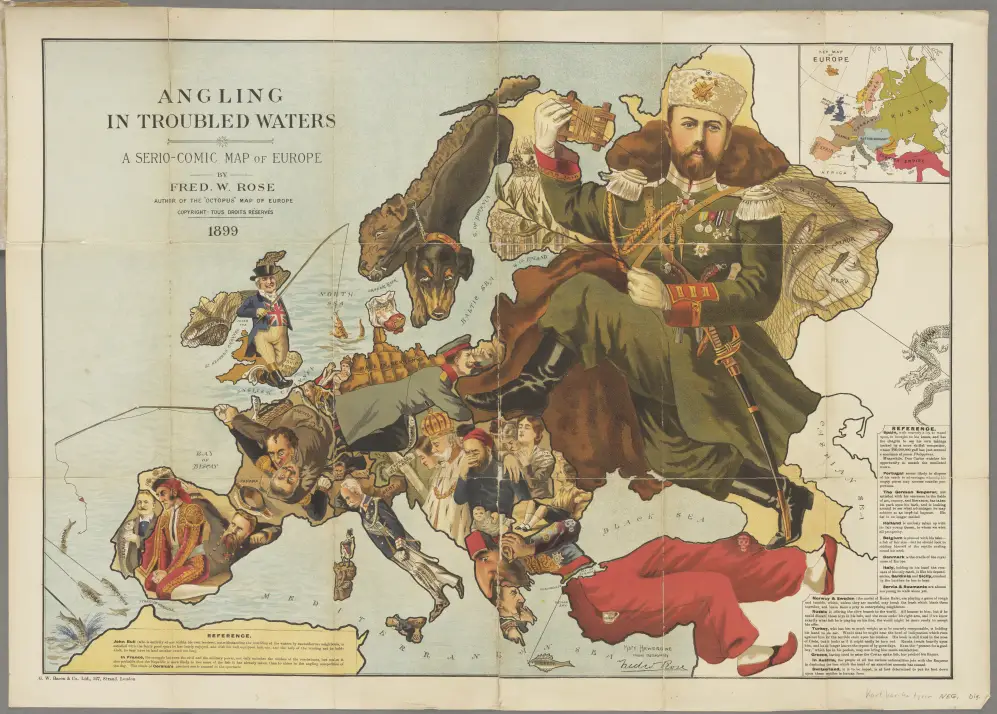
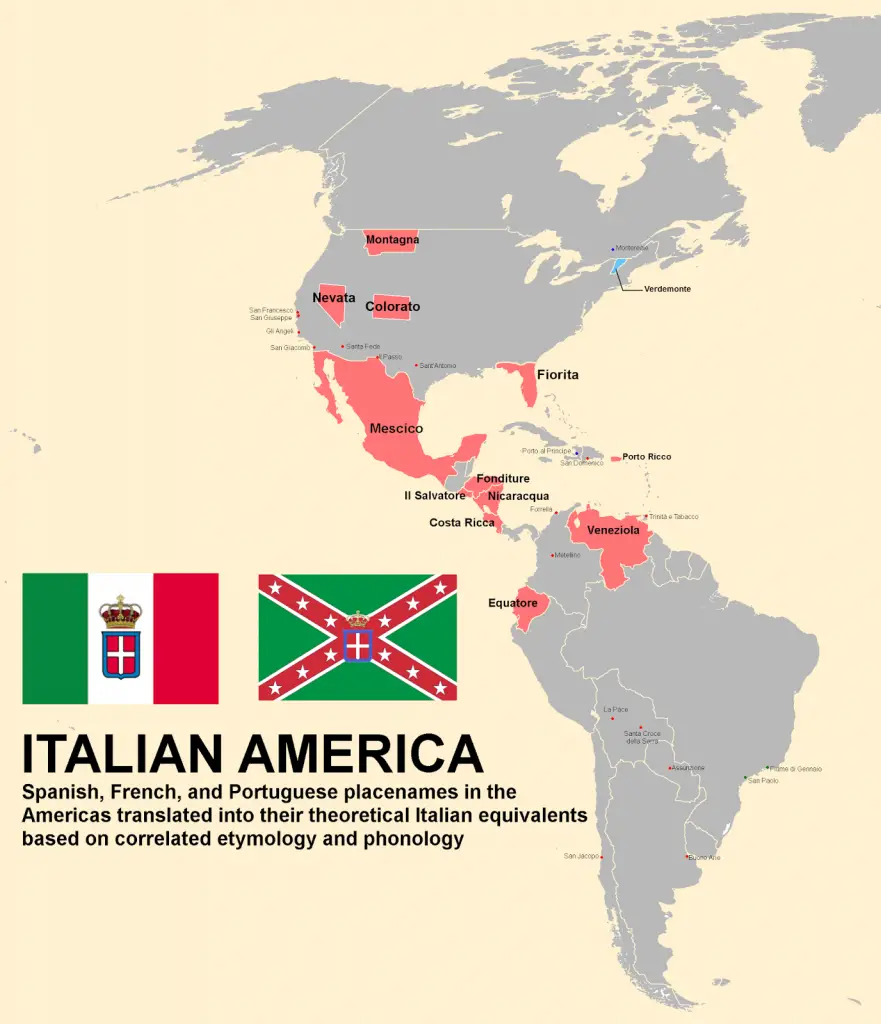
And here could start a war between Italians and French people
Fun maps. Would like to see complemented with other European views on the rest of food.
Also incomplete since UK and Ireland are missing in the first map of Europe.